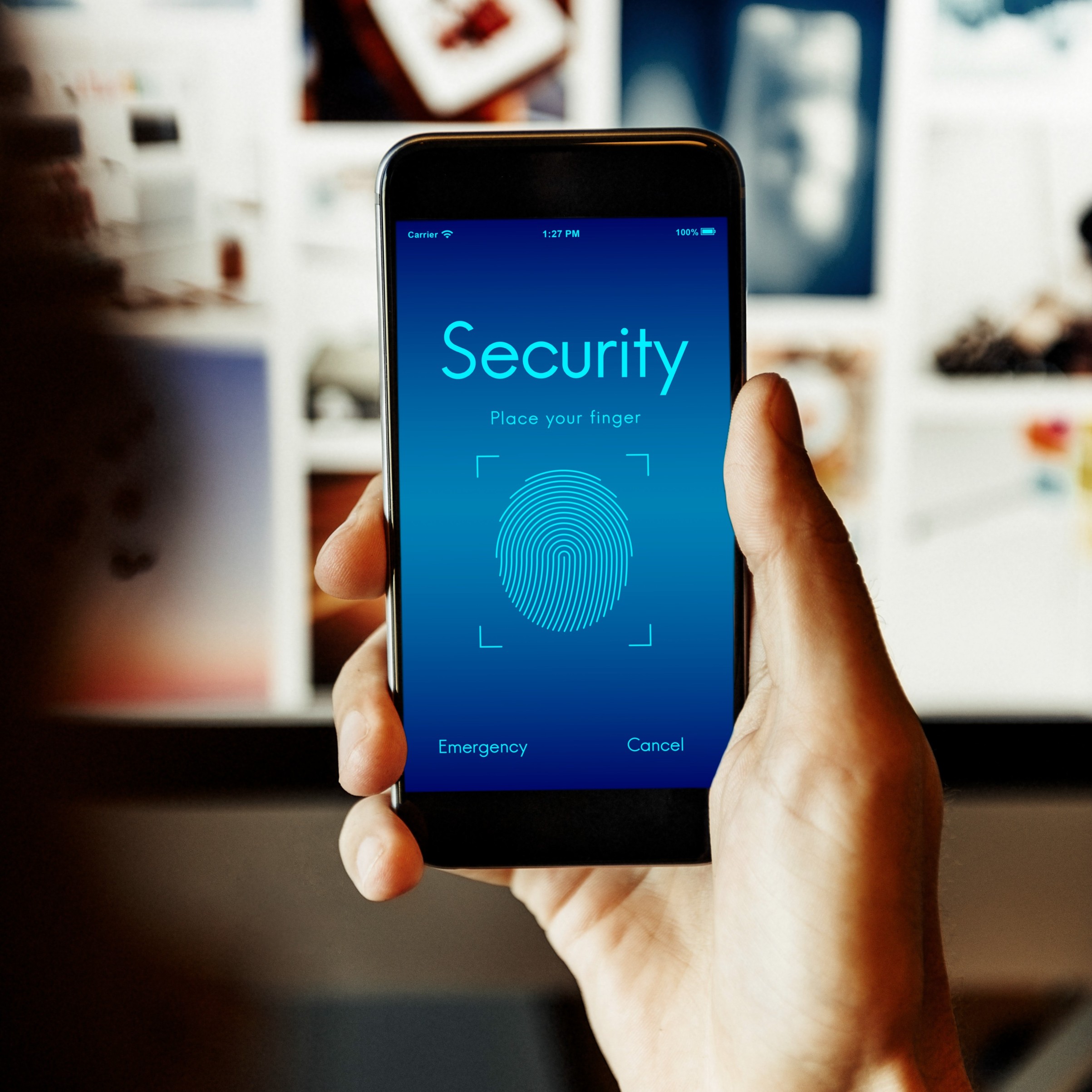End-to-end encryption (E2EE) is a security method where data is encrypted at the moment it is sent by the sender and can only be decrypted by the intended recipient. This means no one else – including service providers, hackers or even governments – can access the unencrypted content of messages. Encryption and decryption happen only on the sender’s and receiver’s devices.
Benefits of end-to-end encryption
- Privacy protection
E2EE ensures that only the sender and receiver have access to the content of the communication. This protects users from unwanted eavesdroppers. - Protection against cybercriminals
Even if cybercriminals manage to intercept the communication, they cannot read the content as it is encrypted. - Protection against misuse by service providers
Service providers cannot see or use the content of messages for their own purposes, such as targeted advertisements. - Trust and security
Users can be confident that their sensitive information, such as passwords, personal data and business secrets, remains secure.
Disadvantages of end-to-end encryption
- Complexity
Implementing and maintaining E2EE in self-developed applications can be technically challenging and requires expertise. - Usage limitations
Not all services and applications support E2EE, which can limit interoperability. - Government surveillance
E2EE can also be used by criminals, making it difficult for law enforcement agencies to detect illegal activities. - Loss of access
If users lose their password or device, they may permanently lose access to their encrypted data with no way to recover it.
How governments deal with end-to-end encryption
Governments worldwide struggle with the balance between ensuring citizens’ privacy and maintaining national security.
- Pro-encryption
Some countries, such as Germany and the Netherlands, recognise the importance of strong encryption in protecting the privacy and digital security of citizens and businesses. - Anti-encryption
Other countries, such as the UK and the US, have tried to introduce laws and regulations that require companies to build backdoors into their encryption so that law enforcement agencies can access encrypted data.
However, this approach raises a lot of criticism due to concerns about the invasion of privacy and the potential misuse of such backdoors by malicious parties.
Overview of apps that support end-to-end encryption
Below are a few examples of commonly used apps that support end-to-end encryption:
- Signal
Known for its strong privacy policy and use of open-source technology. Signal provides standard E2EE for all communications, including messages, voice calls and video calls. - WhatsApp
This popular messaging service uses the Signal protocol for E2EE. All text messages, voice calls, videos and shared files are end-to-end encrypted by default. - Telegram
Telegram offers optional E2EE for ‘secret chats’. However, standard chats are not encrypted end-to-end. - iMessage
Apple’s messaging service uses E2EE for all messages between Apple devices. This also applies to voice and video calls via FaceTime. - Microsoft Teams
Recently introduced E2EE for one-to-one calls, meaning group calls and other types of communication are not yet fully end-to-end encrypted. You will have to activate this manually though, see this post from Microsoft explaining how to do so: https://support.microsoft.com/en-gb/office/use-end-to-end-encryption-for-microsoft-teams-calls-1274b4d2-b5c5-4b24-a376-606fa6728a90
In summary, end-to-end encryption plays a crucial role in protecting our digital communications. While it offers advantages in terms of privacy and security, it also brings challenges, especially in the context of law enforcement and regulation. It is important for users to be aware of the pros and cons and make informed choices when choosing communication platforms.



